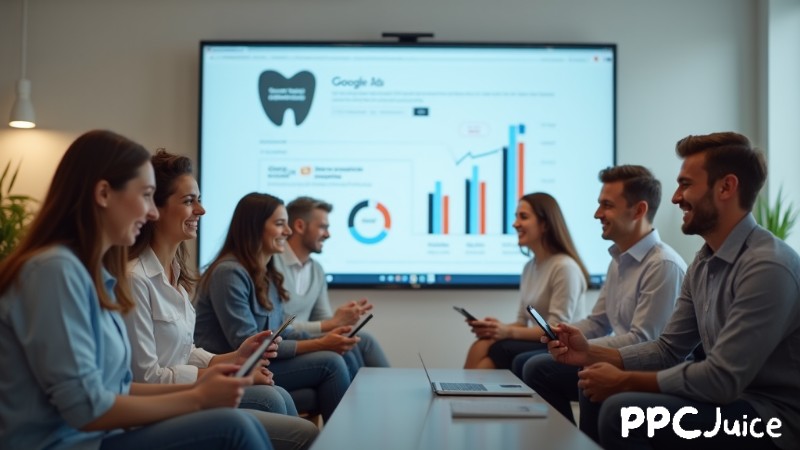
Meta ads have seen a steady rise in cost per thousand impressions (CPM) over the past year. This increase is linked to more competition for ad space, changes in Meta’s algorithm, and the premium placed on reaching high-value audiences. Industries such as luxury goods, finance, and technology tend to face higher CPMs, as their target audiences are smaller but more commercially valuable.
For businesses working with an eCommerce PPC agency or a DTC marketing agency, understanding these market shifts is crucial for budgeting effectively.
Set clear objectives and track performance
A higher CPM does not always mean a weaker campaign; what matters is whether the return on investment (ROI) justifies the spend. Advertisers should begin with precise campaign goals, such as improving click-through rate (CTR), increasing conversion rate, or driving brand awareness. These key performance indicators (KPIs) help determine if ad spend is translating into measurable business results.
Strengthen ad creative with structured testing
High CPMs often reflect low relevance or weak creative performance. A structured testing process can fix this. A/B testing different images, videos, headlines, and calls to action helps identify what connects best with your audience.
The most effective advertisers maintain consistent messaging while testing small variations. A Google Shopping management campaign, for example, may test product images, pricing layouts, and copy to see which combination delivers the best cost per conversion.
Refine targeting and placements
Precise targeting can improve ad relevance, which in turn lowers CPM. Using audience segmentation by location, demographics, interests, and behaviours ensures that ads are displayed to the most relevant audience. Lookalike audiences can help expand reach without sacrificing quality. Choosing placements based on performance data, whether in-feed, stories, or reels, also ensures the budget is spent where results are strongest.
Monitor data and adapt quickly
Campaign performance should be reviewed regularly. Tracking trends in CPM, CTR, and conversion rates allows for timely adjustments in bidding, targeting, and creative content. By combining strong data analysis with continuous optimization, businesses can keep ROI healthy despite rising Meta ad costs.

